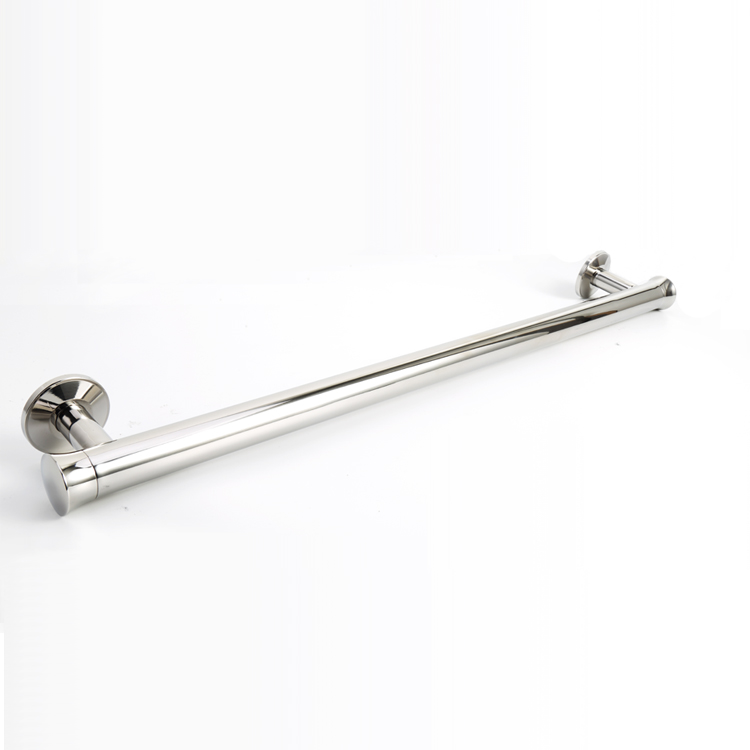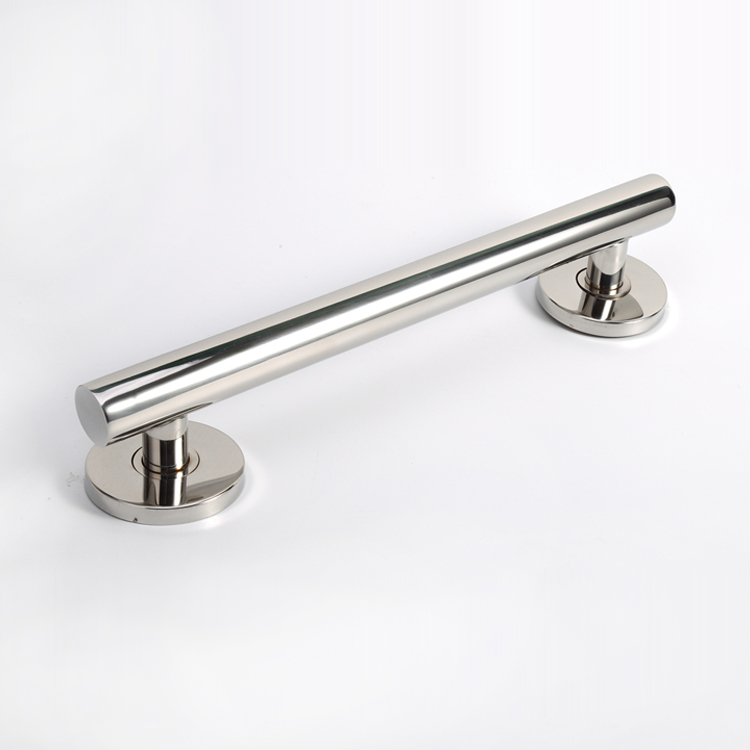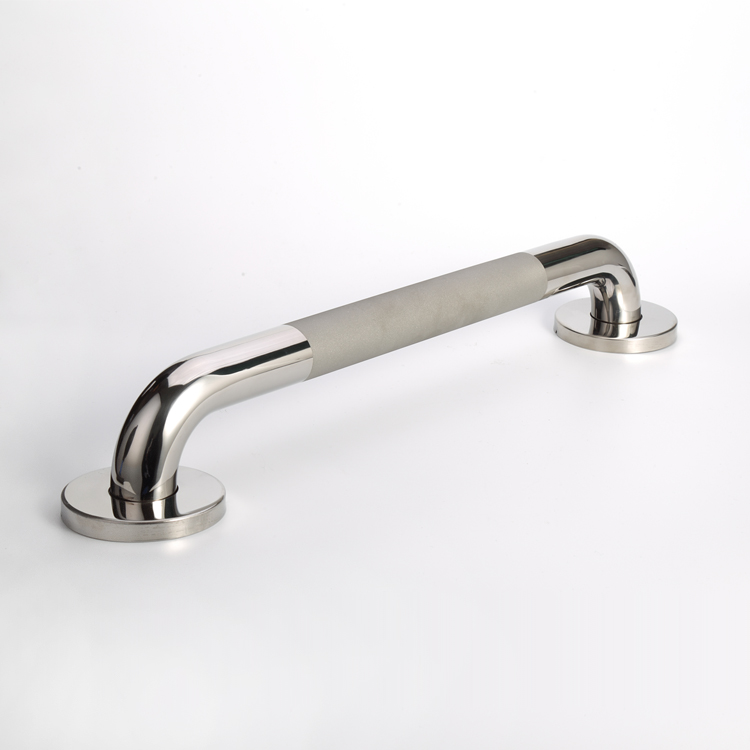ADA vs EN 12182 Grab Bar Standards: Key Differences Explained
Introduction
Grab bars are essential for accessibility in bathrooms and healthcare facilities, but their design and installation vary depending on regional standards. In the U.S., the Americans with Disabilities Act (ADA) sets strict guidelines, while in Europe, EN 12182 provides flexible recommendations.
If you're an architect, contractor, or accessibility consultant, understanding these differences is crucial for compliance. In this guide, we’ll compare ADA vs EN 12182 grab bar standards, covering dimensions, materials, installation, and regional requirements.
1. Scope & Application
ADA Standards (U.S.)
Mandatory for public buildings, including restrooms, showers, and healthcare facilities.
Focuses on fixed dimensions for consistency in accessibility.
EN 12182 (Europe)
A voluntary standard for assistive products, including grab bars.
Allows customization based on user needs rather than fixed measurements.
2. Grab Bar Dimensions Compared
| Feature | ADA Standards | EN 12182 |
|---|---|---|
| Diameter | 1.25" – 1.5" (32–38 mm) | 30–40 mm |
| Wall Clearance | 1.5" (38 mm) min. | Not strictly defined (ergonomic grip required) |
| Length (Toilet Grab Bars) | Side bar: 42" min (1067 mm) | No fixed length (user-dependent) |
| Height (Toilet Bars) | 33–36" (838–914 mm) above floor | Adjustable based on user needs |
3. Material & Strength Requirements
ADA Grab Bars:
Must support 250 lbs (113 kg) of force.
Requires slip-resistant and corrosion-resistant materials.
EN 12182 Grab Bars:
Must withstand 300 N (~30.6 kg) static load (often tested higher in practice).
Emphasizes ergonomic design and durability.
4. Installation & Compliance
ADA Compliance (U.S.)
Strict placement rules (e.g., side and rear bars in toilets, horizontal/vertical in showers).
Enforced by law—non-compliance can lead to legal penalties.
EN 12182 (Europe)
More flexible positioning, allowing adjustable heights and angles.
Often referenced in national regulations (e.g., UK’s BS 8300, Germany’s DIN 18040).
5. Which Standard Should You Follow?
In the U.S.: Follow ADA guidelines for legal compliance.
In Europe: Check local regulations, but EN 12182 provides a strong baseline.
For global projects: Ensure designs meet both standards if needed.
Conclusion
While ADA sets rigid rules for grab bars in the U.S., EN 12182 offers adaptable guidelines for European markets. Understanding these differences ensures safe, compliant, and user-friendly accessibility solutions.
Need help selecting compliant grab bars? Contact our experts for guidance!
 Choosing the Best Material for Shower Handrails
Choosing the Best Material for Shower Handrails
 Hospital Bathroom Safety Upgrade with Self-Install YIRUIS Grab Bars
Hospital Bathroom Safety Upgrade with Self-Install YIRUIS Grab Bars
 How to Choose Grab Bars for Elderly Parents?
How to Choose Grab Bars for Elderly Parents?
 The Most Common Grab Bar Finish: A Practical Guide
The Most Common Grab Bar Finish: A Practical Guide

